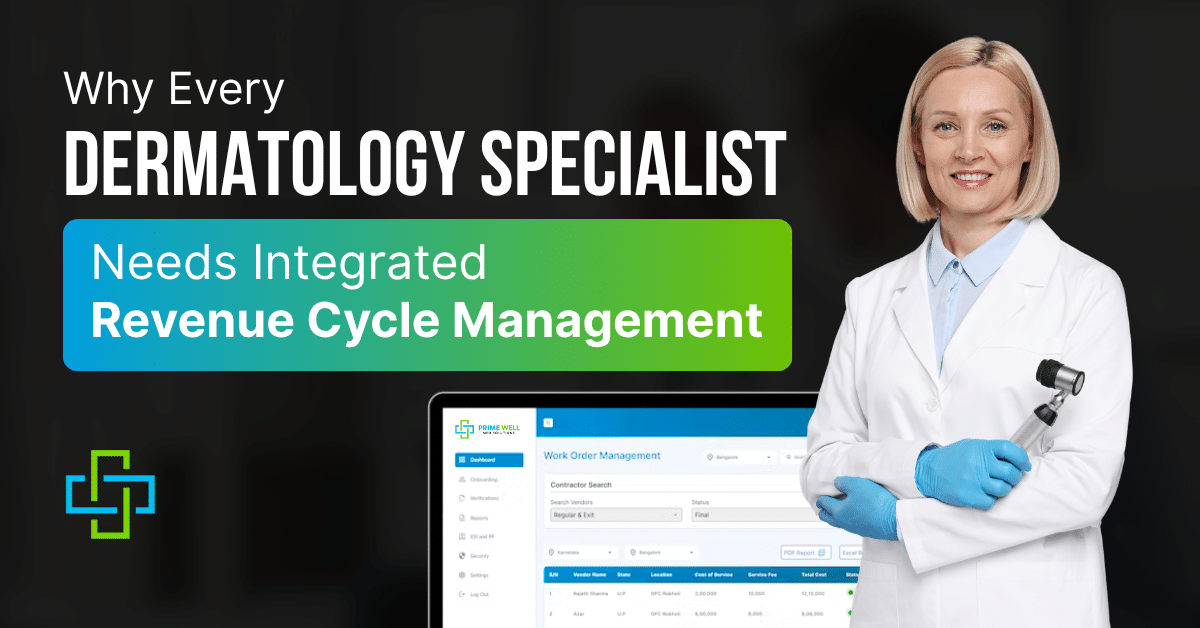Change in the healthcare sector is constant, and regulatory programs like the MIPS program play a crucial role in driving the evolution of this industry.
For providers aiming to continue offering high-quality care, the current system isn’t sustainable—especially with MIPS penalties being mandated. With the transition towards MIPS program 2025, new updates and requirements will impact how providers report data and receive reimbursements.
Leveraging professional MIPS services can help providers navigate these changes effectively, stay compliant, and optimize their performance.
With proper understanding of these shifts, your practice can adapt accordingly and optimize performance under the program MIPS guidelines.
What is the MIPS Program?
The MIPS program is a major component of the MIPS-quality payment program established by the Centers for Medicare & Medicaid Services (CMS). It aims to enhance the quality and efficiency of healthcare delivery through a comprehensive assessment of medical practices along 4 primary dimensions of performance:
1. Quality
Looks at patient outcomes and adherence to clinical guidelines.
2. Promoting Interoperability
Assesses the use of EHRs to engage patients and exchange data.
3. Improvement Activities
Initiatives that can improve patient care and safety.
4. Cost
Measures the spending efficiency with which healthcare is delivered.
At the end of each calendar year, a MIPS score is issued to medical practices which determines their positive, negative or neutral payment adjustment from Medicare.
Important Developments in the MIPS Program 2025
MIPS eligibility and requirements change every year. Here’s more on what we can expect with MIPS 2025 changes:
1_ Increased Performance Thresholds
The minimum performance score to earn a positive adjustment is increasing; practices must perform better to reach those higher thresholds for penalty avoidance.
2_ Focusing More on Cost Measures
The CMS is putting more emphasis on cost efficiency, creating a need for providers to monitor spending closely.
3_ Updated Quality Measures
Some of the existing quality measures could be deleted and new quality measure criteria will be pursued.
4_ More Strict Data Submission Policies
You need to hold yourself out for accurate data reporting more than ever, with less leeway for late or incorrect submissions.
How the MIPS Program Impacts Your Medical Practice?
The program MIPS has a direct effect on your practice’s financial performance, operational efficiency, and patient care quality.
1_ Financial Impact
Your program MIPS score factors into whether you will receive bonus payments from Medicare or be penalized. A low score could decrease your earning potential, so compliance, in this sense, is key to your financial stability.
2_ Administrative Burden
MIPS program 2025 requires extensive data tracking and submission. This may put more administrative work on your team, leading to additional time and resources used.
3_ Quality of Patient Care
The Financial Incentive Relates to Achieving Better Patient Outcomes Through Quality and Improvement Activities. MIPS reporting champions are more likely to deliver higher-value, higher-quality care.
4_ Competitive Advantage
A high score on the MIPS program boosts your credentials in front of patients and health networks. It can also lead to more referrals and partnership opportunities.
MIPS Program Challenges
MIPS program has several advantages but achieving compliance can be demanding for providers.
Here are some common issues:
- Complex adjustments to regulations. As it can be difficult to monitor the introduction of new rules
- Challenges in data collection. Tracking quality and cost measures in a standard way requires advanced EHR systems
- Failure to submit on time or attain a low score may result in decreased reimbursement
- The administrative burden may be overwhelming for small practices
How MIPS Can Benefit Healthcare Providers?
Despite the current challenges, MIPS healthcare company can provide many benefits to your practice:
- Better credentials from high program MIPS scores mirror favorable adjustment of reimbursement
- Top Advantages of EHR3 Improved Patient Outcomes
- Focus on Quality and Interoperability
- Data-driven decision making as performance measurement makes it possible to find areas for improvement
- Promotes implementation of advanced technology and optimized workflows
How to Achieve Success in the MIPS Quality Payment Program?
Here are three critical steps to optimize your MIPS program performance.
- Stay informed of new performance thresholds and reporting criteria through regular review of CMS updates regarding program MIPS 2025
- Invest in more advanced EHR systems. A solid EHR system makes it easy to track such data, as such metrics are part of MIPS quality payment program compliance
- Monitor your MIPS program score in real time to understand where you can improve before the submission deadline
- Make sure your team knows the significance of the MIPS reporting and how to gather accurate data
Wrapping Up
The MIPS program is an important component of many providers’ healthcare reimbursement and quality plans. As performance thresholds continue to grow in MIPS program 2025 and reporting requirements tighten up, medical practices must be proactive about compliance.
Partnering with a reliable MIPS reporting company can provide the tools and expertise needed to stay ahead. Providers can also use technology, analyze performance metrics, and train their staff to adapt to the MIPS quality payment program and maximize financial rebates.
Contact us today to see how we can help you with your MIPS program 2025 performance!





